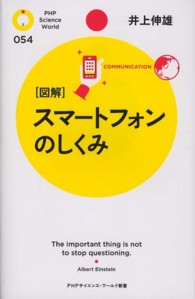Full Description
This Brief provides a comprehensive overview of NMR spectroscopy, covering techniques such as 1H, 13C, and 31P NMR, which are reliable tools to determine lipid oxidation level, to identify oxidation products, and to elucidate oxidation mechanism.








